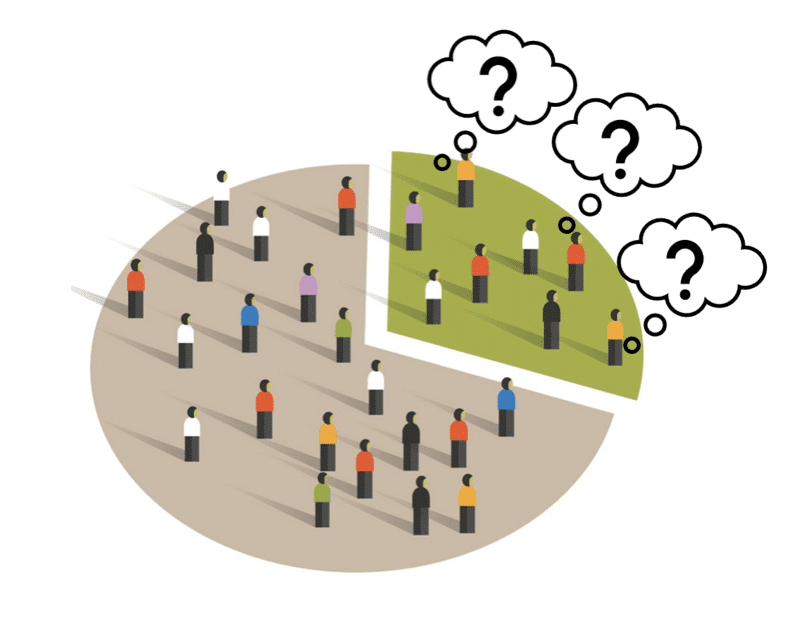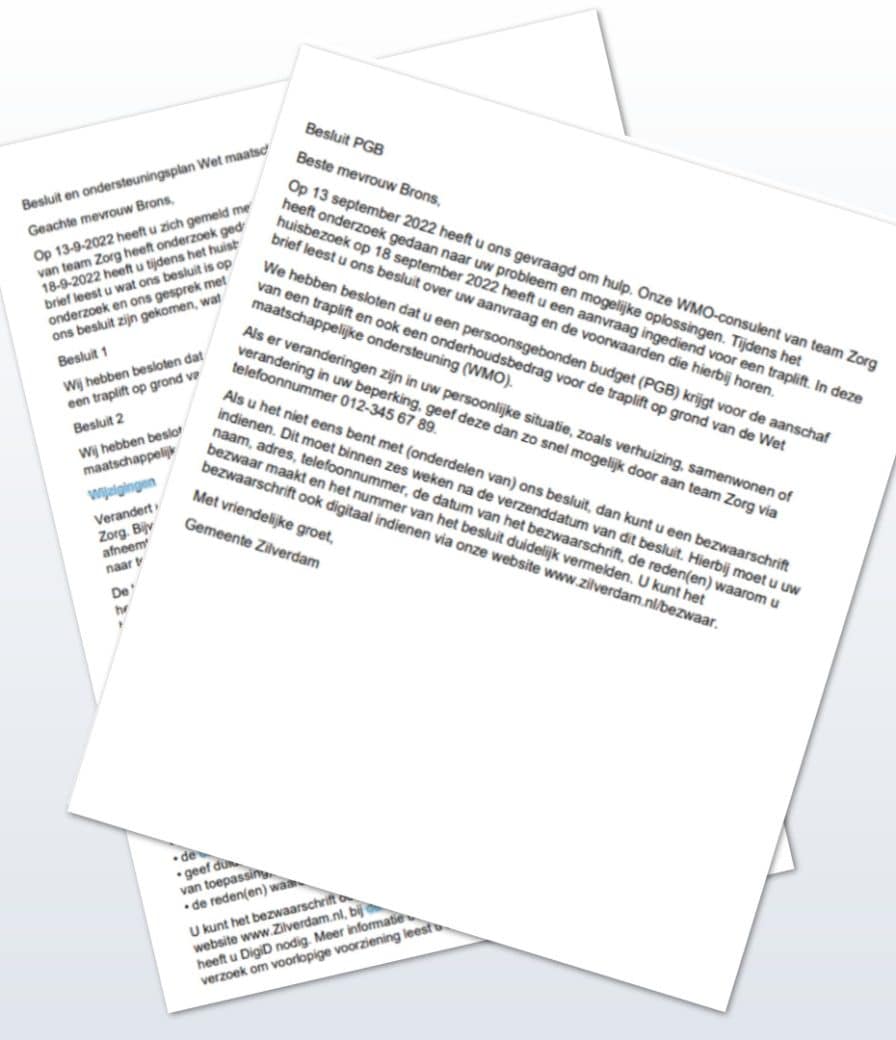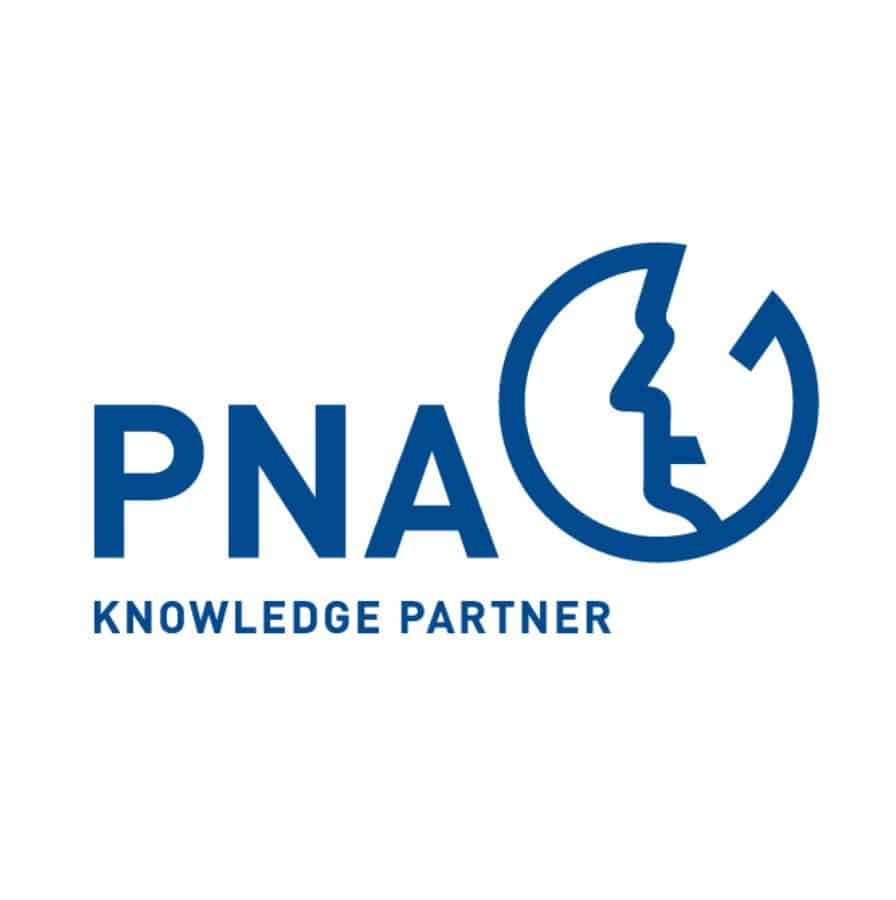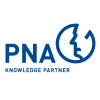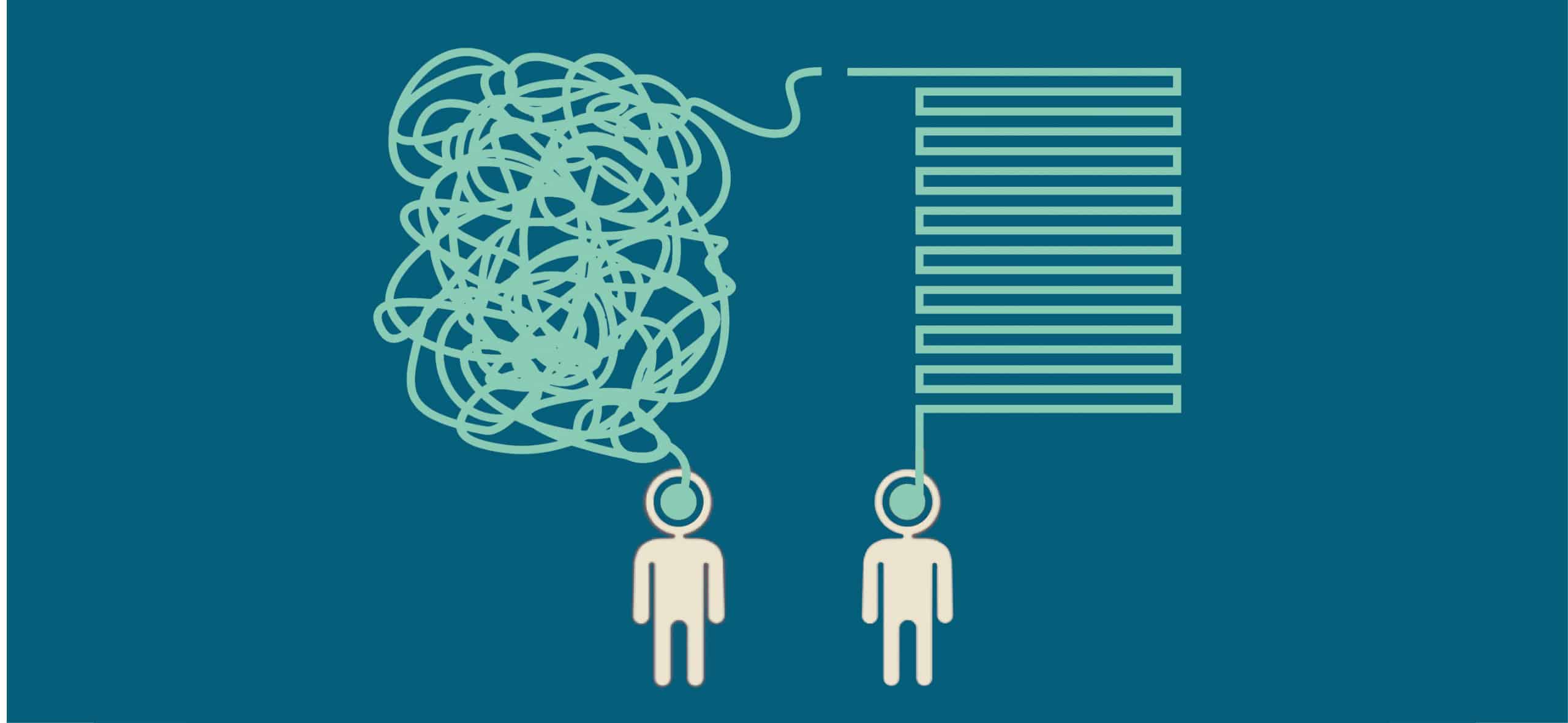
Enhancing government letter clarity with Machine Learning and ChatGPT
Have you ever received confusing letters from the government or companies? Sometimes, it’s tough to understand what they’re saying. Way back in 1979, people recognized that these letters should be simple and easy to understand. Since then, efforts have been made to make them clearer, including creating rules for simple writing. But, creating change hasn’t been easy. With new ways of communicating, like digital methods, the problem has become even bigger. PNA Group asked Nadine Beks van Raaij to look at ways to create a solution.

From Master’s Thesis to Real-world Impact: A Conversation with Nadine Beks van Raaij, Alumna of the Master DSBE
We sat down with Nadine Beks van Raaij recently graduated Cum Laude from the Master’s program in Data Science for Business and Entrepreneurship (DSBE). Her passion for making a real impact through data science led her to ace her master thesis. In this interview, Nadine shares her journey, her thesis work, her experiences at JADS and what’s next.

Why partner up with JADS
JADS provides innovative data science programs at undergraduate, graduate and postgraduate level, conducts cutting edge data science research and offers great business opportunities with a continually growing ecosystem. From startups to SMEs and large corporates, our business partners gain access to talent, high level knowledge and business opportunities.
Partner up with JADS like 300+ other organizations and businesses and shape your data-driven future.
